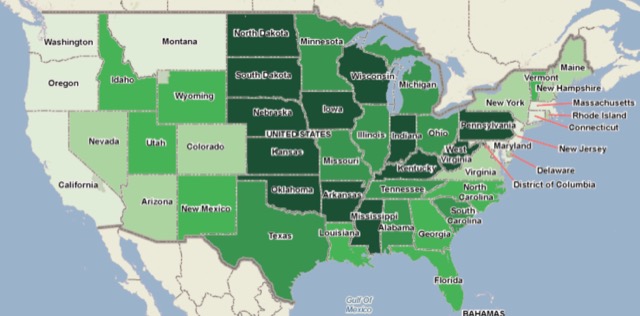Denver’s FasTracks plan to build 119 miles of rail transit has failed, reports an article in The Hill — and you know it must be true because the Antiplanner wrote it. The rail lines went way over budget, construction is late, two of the lines that have opened have so few riders that RTD has had to reduce service, and a third line is suffering from technical problems that were solved by the private railroads more than 80 years ago. Despite, or because of, the new rail lines, the share of Denver-area commuters taking transit to work has declined from 5.4 to 4.6 percent.
All of this was totally predictable, and in fact it was predicted by Ralph Stanley, former administrator of the Urban Mass Transit Administration (predecessor to the Federal Transit Administration), in a speech given in Colorado in 1996 and that someone coincidentally sent me yesterday. This speech is interesting enough that I’ve reproduced it below.
Despite this clear failure, rail die hards want even more obsolete transportation in Colorado, as there is now a proposal to run trains from Ft. Collins to Pueblo. Supporters point to the fact that Albuquerque and Salt Lake City both have long-distance commuter trains, but neglect to mention that, by any reasonable measure, those trains are failures too. Continue reading








